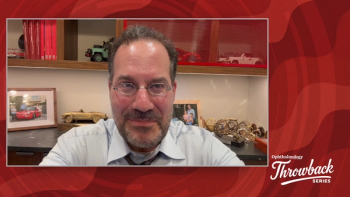
David Eichenbaum, MD, FASRS, recalls an early-career case managing bilateral diabetic macular edema with frequent intravitreal triamcinolone injections—leading to severe steroid-induced glaucoma and valve implants.

Sheryl brings a wealth of editorial experience to MJH Life Sciences’ Eye Care Network, having engaged with the readers and the greater ophthalmic community of Ophthalmology Times for more than 20 years. As Group Editorial Director, Sheryl’s purview extends across the print and digital network of Ophthalmology Times, Ophthalmology Times Europe, Modern Retina and Optometry Times. Prior to ophthalmology, Sheryl previously covered the fields of audiology and confectionery science/technology/manufacturing.
Sheryl is also passionate about the mission, vision and values of Ophthalmic World Leaders (OWL) and recently completed her term on its Board of Directors. She continues to volunteer as Editor-in-Chief of the organization’s EMPOWER Magazine. In 2013, she was honored with the group’s inaugural Rising Star Award.
In addition, she has served as a judge for Crain's Cleveland Business Health Care Heroes Awards program as well as the Jesse H. Neal National Business Journalism Awards.

David Eichenbaum, MD, FASRS, recalls an early-career case managing bilateral diabetic macular edema with frequent intravitreal triamcinolone injections—leading to severe steroid-induced glaucoma and valve implants.
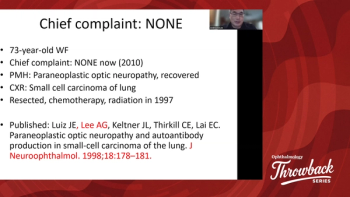
Andrew G. Lee, MD, revisits a 1997 case in which recognizing paraneoplastic optic neuropathy led to the diagnosis—and life-saving treatment—of small cell lung carcinoma.
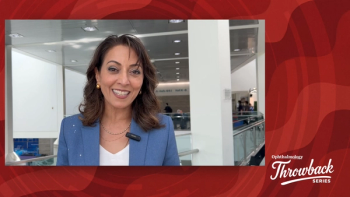
Neda Shamie, MD, recounts a humbling experience performing cataract surgery in Honduras using older-generation phaco machines, revealing how technology elevates both skill and patient care.
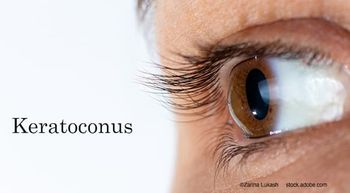
Chiu discusses factors affecting adoption of the FDA-approved epi-on therapy, from clinic setup to insurance coverage, while highlighting its safety and efficacy.

The decision follows results from the Phase 3 STAR trial, among the largest global studies of low-dose atropine in pediatric myopia.
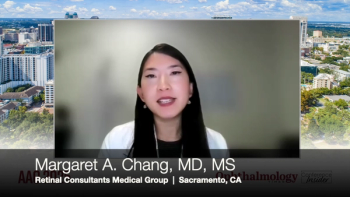
HELIOS Phase 1 showed consistent reductions in retinal fluid with OTX-TKI, paving the way for pivotal HELIOS-2 and HELIOS-3 trials.
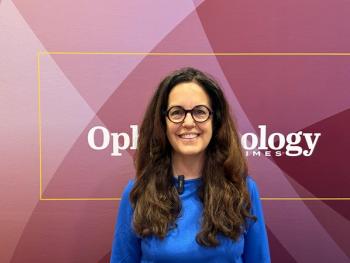
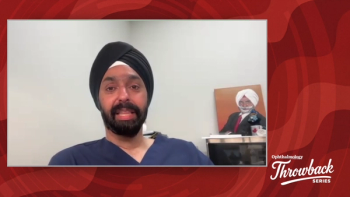
Inder Paul Singh, MD, shares a formative experience in which a patient’s vision loss—and their unexpected gesture of comfort—shaped his approach to high-risk glaucoma care.

Optogenetics shows promise in improving mobility and object recognition for patients with retinitis pigmentosa and Stargardt disease.
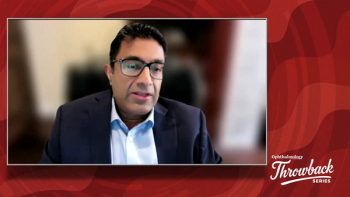
SriniVas R. Sadda, MD, FARVO, recalls a residency case that highlights the transformative impact of OCT and OCT angiography.
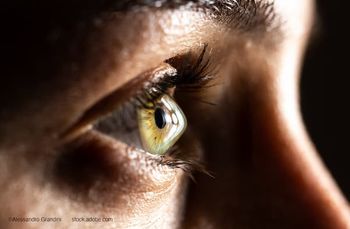
Rajpal shares his perspectives on the newly FDA-approved treatment, clinical benefits, and its potential impact on keratoconus management.
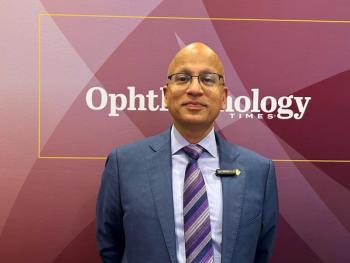
Sunir J. Garg, MD, explores the nuances of endophthalmitis, distinguishing between infectious and non-infectious responses for effective patient management.
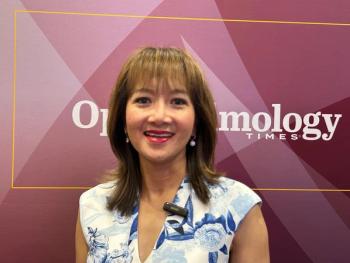
Research reveals significant vision improvements and extended treatment intervals with aflibercept 8 mg for age-related macular degeneration and diabetic edema patients.
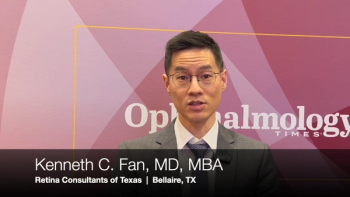
Phase 2 STARLIGHT study participants, particularly those with the macular phenotype, experienced meaningful gains in visual acuity at 48 weeks.
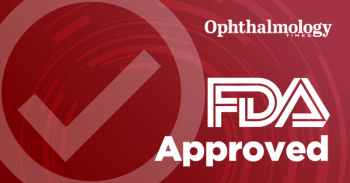
The incision-free therapeutic for keratoconus is expected to be commercially available in early 2026, according to the company.
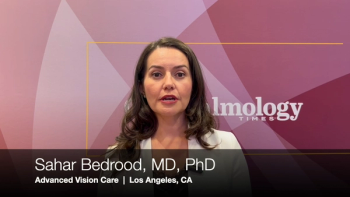
Bedrood describes improved visualization of the ciliary body, efficient setup, and favorable postoperative outcomes.
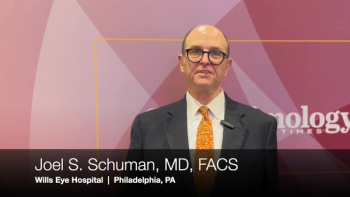
Innovations in selective laser trabeculoplasty and laser cyclophotocoagulation focus on procedural efficiency, patient comfort, and evolving first-line treatment strategies.
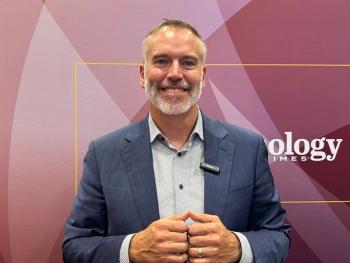
John P. Berdahl, MD, discusses advanced lens options for patients with pseudoexfoliation, highlighting considerations for successful longterm outcomes.
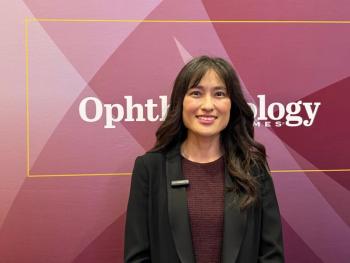
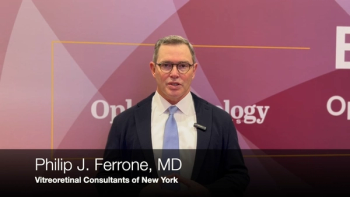
In the Phase 2 TEASE 2 trial, gildeuretinol was well tolerated and showed promising trends in slowing ellipsoid zone loss and preserving low-luminance visual acuity in patients with Stargardt disease.
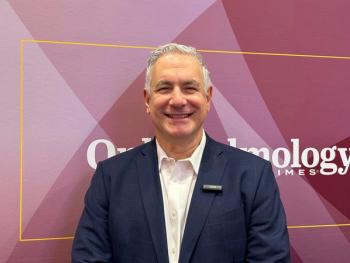
A new study reveals enhanced safety and efficacy in epi-on cross-linking for keratoconus, utilizing oxygen-rich boost goggles during treatment.
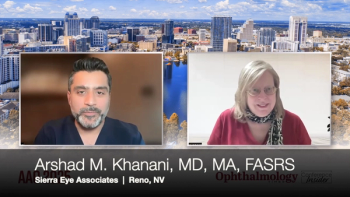
The 18-month extension of the GATHER2 trial indicated continued benefit for patients receiving avacincaptad pegol, with efficacy gains increasing over time.
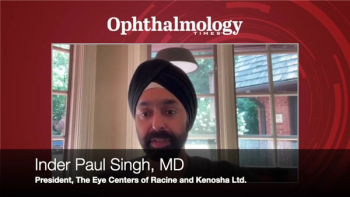
Attendees of the AAO 2025 annual meeting will have a chance to preview the virtual technician training platform on October 19, at 10:30 am in the Academy Theater, Hall WB1, Booth 2761.

The approval of the third-generation trifocal intraocular lens broadens the range of advanced lens options available for patients in the US.
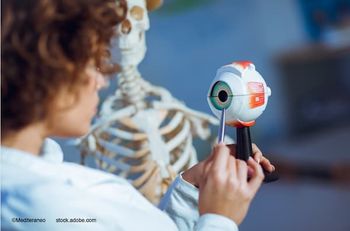
Singh highlights how understanding the “why” behind diagnostics and procedures boosts technician confidence, fosters pride, and strengthens their role in patient care.
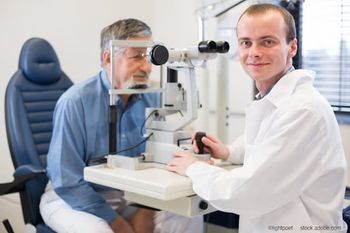
The video-driven platform equips ophthalmic practices with tools to standardize education, improve workflow, and foster technician engagement.

Subramanian discusses how subtle retinal and optic nerve findings can point to underlying neurologic disease.
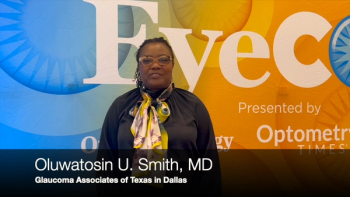
Smith highlights advances in interventional glaucoma, including first-line SLT, emerging surgical options, and co-management strategies, during the Ophthalmology Times and Optometry Times EyeCon 2025 conference.
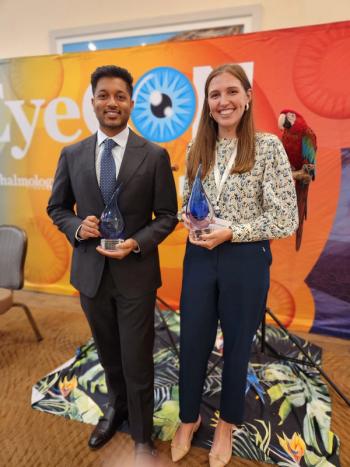
Residents across ophthalmology, optometry, and retina care were recognized for leadership, research, and dedication to advancing patient care.

By letting patients “see” their options before surgery, virtual reality may eliminate confusion, boost confidence, and strengthen surgeon–patient trust.